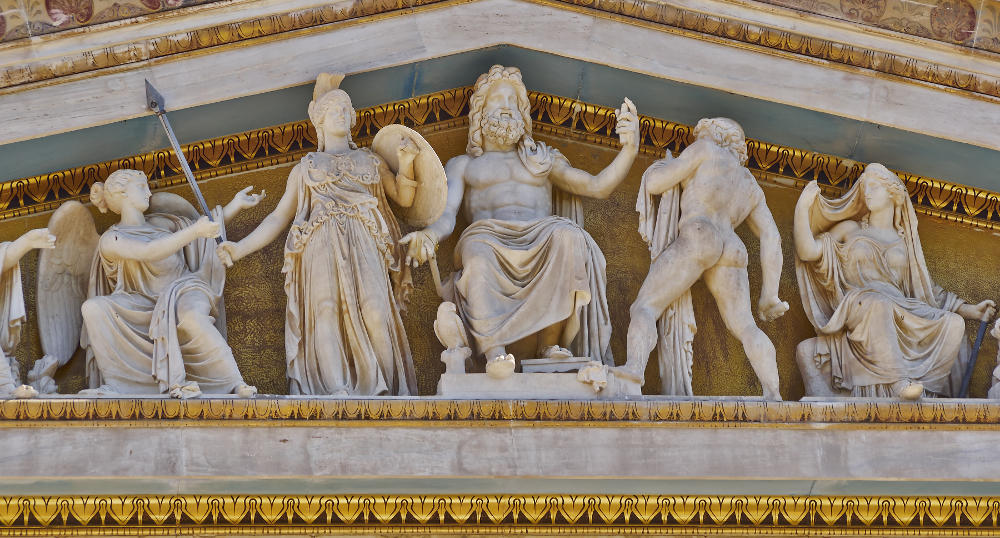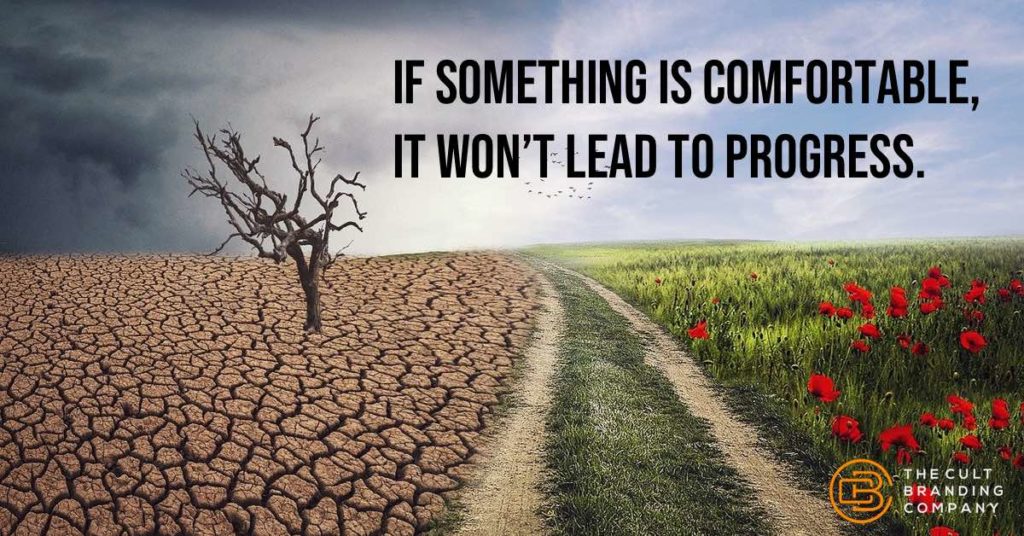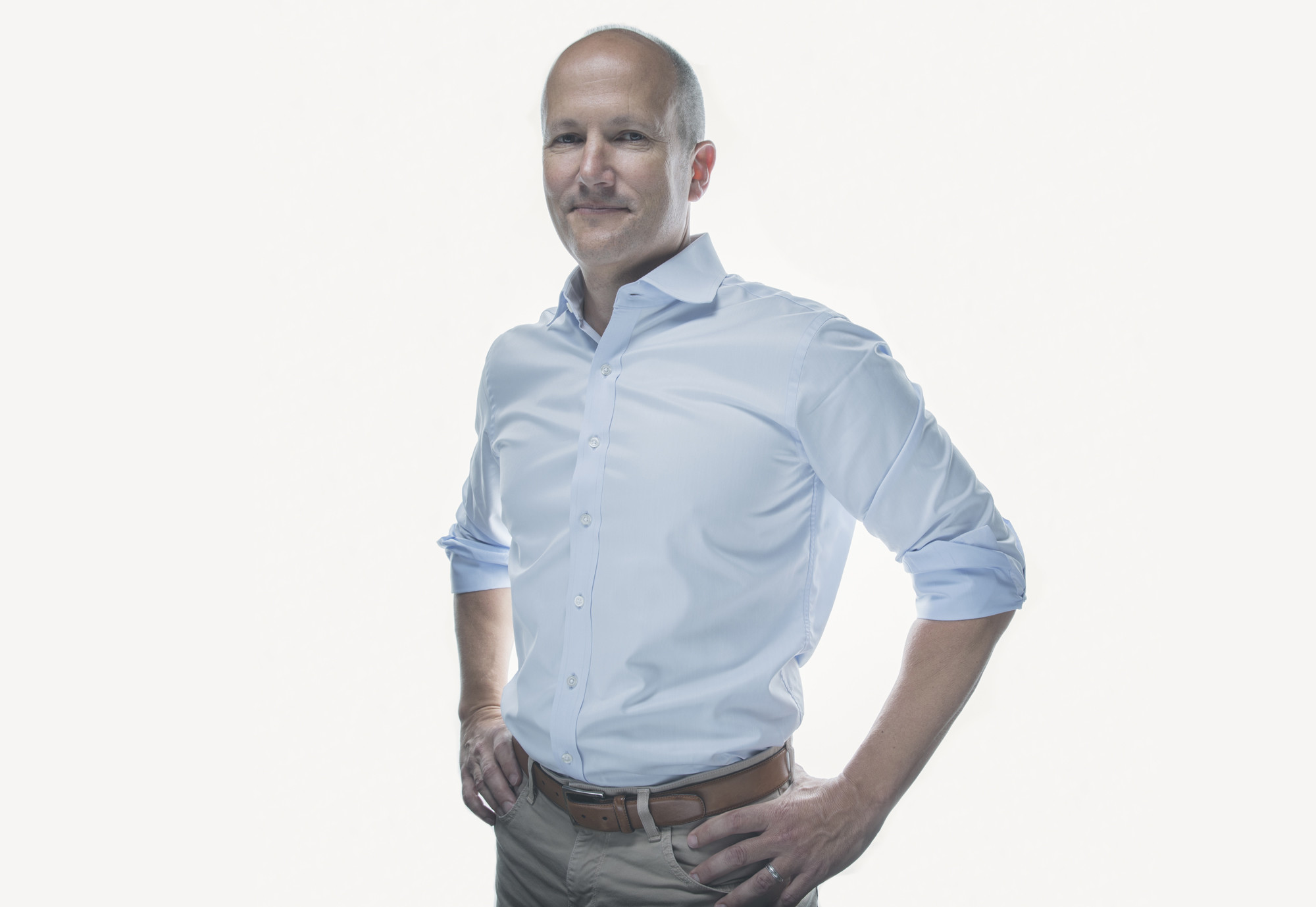
THE BIG IDEA: There are seven behavioral patterns that characterize distinct leadership styles. Becoming aware of all seven will help inspired leaders identify their strengths and provide additional options based on the context of the situation.
__________________
You don’t have to spend much time in executive meetings to observe that there are different ways of moving people to action.
Tom, for example, tends to give his employees commands. He’s coercive in his communication, patriarchal. “Do what I say” is the sentiment behind his statements.
Linda, in contrast, is authoritative. She has a clear goal in mind that she shares with her team. She gives her team the freedom to find their own way to achieve it. She leads others by saying, “Come with me.”
In our work with executive leaders, we’ve observed a set of common patterns of behaviors, or archetypes, that C-level executives tend to exhibit. Psychologist Daniel Goleman’s research on leadership revealed six distinct styles. The following archetypal descriptions coincide with Goleman’s findings.
Meet the Ruler
Tom (above) is an example of the Ruler style of leadership. The Ruler is generally driven by power, status, and certainty. The Ruler demands immediate compliance. This style works well in difficult situations like company turnarounds and with problem employees.
The Ruler often comes off entitled, arrogant, and authoritarian. This coercive style was the default archetype in past generations of executives. In modern business, however, the Ruler archetype inhibits creativity, autonomy, and psychological freedom—vital ingredients for cultivating a thriving corporate culture.
Meet the Visionary
Linda (above) personifies the Visionary archetype of leadership. The Visionary is authoritative as opposed to authoritarian or dictatorial. With this style, the leader has the confidence to be led by a compelling vision, but doesn’t seek control over employees. The Visionary provides freedom to employees to determine the best path to actualize the vision. This style works especially well when the organization lacks clarity and direction.
Although the Visionary style works effectively in most situations, it doesn’t work, Goleman observes, when the team is more experienced than the leader. In such cases, employees may perceive the leader to be out-of-touch or arrogant.
Meet the Mentor
The Mentor archetype of leadership is akin to the role of a teacher, trainer, or coach. Trust is vital for this archetypal style to manifest, for employees must trust and believe in the leader’s ability, authenticity, and intentions. The Mentoring leader helps build the employee’s character, competencies, and other dimensions of personal development.
This coaching style requires constant feedback and an environment where employees are committed to improving and addressing areas of weakness. Cultures that support self-actualization needs can best capitalize on the Mentor archetype. However, when the culture doesn’t support growth and its employees are unwilling to change, the Mentor’s ways will be resisted and resented.
Meet the Athlete
While virtually all leadership styles are achievement-oriented, the Athlete personifies this focus to an extreme: the quintessential over-achiever. The Athlete strives to be the best, to push himself to the limits, and so he demands the same unequivocal high performance of his employees. Unlike the Mentor, the Athlete expects employees to be self-directed.
The Athlete’s passion for achievement can have a positive impact on highly competent, self-motivated employees. The Athlete can, however, create resistance in other employees who may feel overwhelmed and pressured outside their comfort zone.
Meet the Servant
The Servant style demonstrates an ability to inspire others to action by putting people first. Leaders that employ this humanistic style demonstrate empathy, the ability to listen, self-awareness, and strong organizational skills. The Servant exemplifies the primary quality of Collins’ Level 5 leadership: humility. Participative by nature, the Servant is culture-oriented with a talent for team building. The Servant improves morale, fosters emotional bonds, and seeks to create harmony.
The Servant, however, may not offer sufficient critical feedback and advice, which can promote poor performance and create uncertainty for employees.
Meet the Ambassador
The Ambassador exercises a democratic style of leadership that strives to bring people together, giving all employees a voice while building consensus. This approach can be useful in generating creative thinking by allowing a diversity of perspectives to enter the discussion. A natural peacemaker, the Ambassador demonstrates a high level of social intelligence with charm and strong listening skills.
In attempting to establish harmony and stability, however, the Ambassador may foster an environment that produces endless meetings and directionless employees.
Meet the Shapeshifter
The Shapeshifter is faceless. It is able to take on all of the above archetypes without exclusively identifying with any of them. The most effective archetypal leadership style depends on context. The context might include market conditions; the stage of development of the company; the corporate culture; organizational objectives; and the situations, abilities, and stage of development of individual employees and their teams.
The most skilled leaders are Shapeshifters. Outperforming leaders don’t just use one of these leadership styles; they’re skilled at numerous and possess the flexibility and adaptability to shift between styles as needed.
Remember: you are not defined by any of these archetypes, and yet you have the ability to express all of them through you.
How to Become a More Effective Leader
Each leadership archetype has its strengths, but each also has a shadow element that can lead to poor performance. The key to improving your ability to effectively actualize the positive aspects of these leadership archetypes, according to Goleman’s research, is growing your emotional intelligence.
Emotional intelligence is a set of skills. All skills can be learned. The core competencies of emotional intelligence include self-awareness, self-regulation, motivation, empathy, and social skill.
Goleman’s team has found that emotional intelligence, not cognitive intelligence, is the defining characteristic in outperforming leaders. We find this to be a fascinating area of study and we encourage executives to learn more about how emotional intelligence can transform their ability to get results and to improve their organizations.
Google has developed an extraordinary program on how to build emotional intelligence through mind training exercises. The program is called Search Inside Yourself.
Based on decades of scientific research from the world’s top psychologists, neuroscientists, and coaches, it is one of Google’s most popular programs within their organization. And now, Search Inside Yourself is publicly available. We invite you to check it out.



